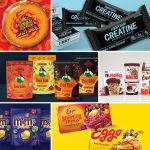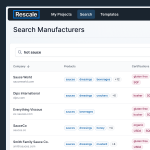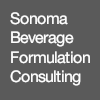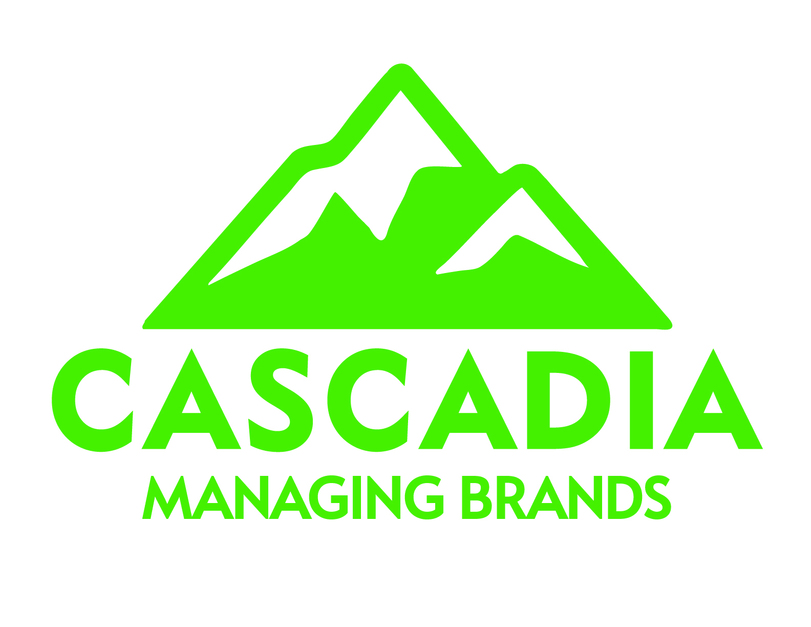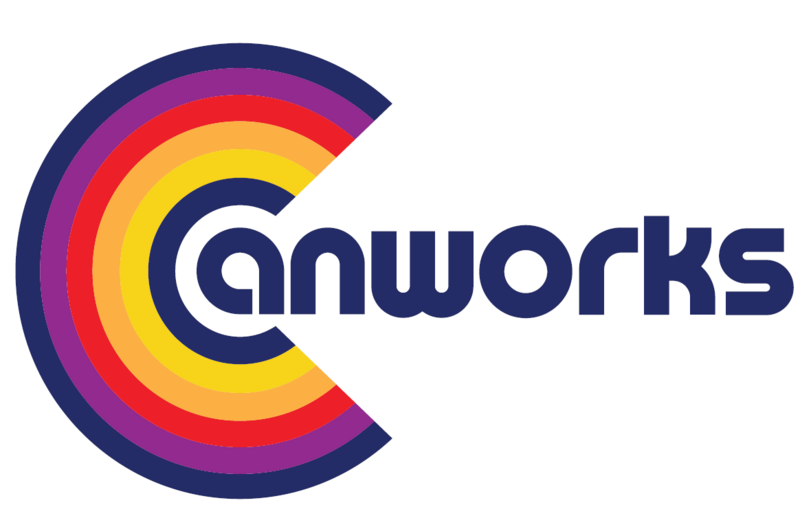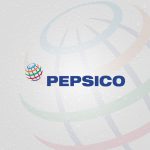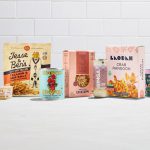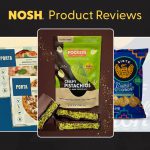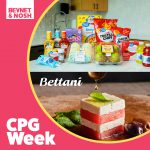CPG Companies Discuss Retail Rebounds, Inflation Costs on Earnings Calls
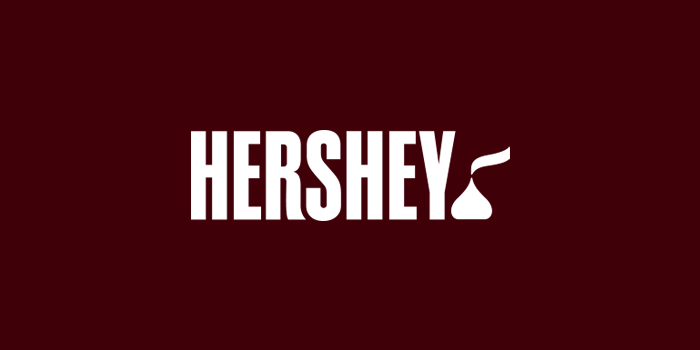
Hershey Q2: Salty Snacks and Bars See Sales Bumps, While Baking Declines
The Hershey Company’s net sales increased 16.5% to $1.99 billion for the second quarter ending on July 4, the company reported on its earnings call today. With returning away-from-home sales and the acquisition of Lily’s, the company updated its projected net sales growth for the full year to grow from 4% to 6% up to 6% to 8%.
In North America, sales were up 12.3% to $1.78 billion for the quarter. U.S. retail sales, excluding Lily’s, saw a 6.5% sales bump, with candy, mint and gum up 6.5%, driven by take-home chocolate sales. To address inflation, CEO Michelle Buck said the company has implemented price increases across its confection portfolio, which should begin hitting retailers in the second half of the year, Buck said.
Salty snack sales in the quarter were also strong, increasing 25.6% with SkinnyPop notching 25% growth driven by distribution gains for its multipacks as well as increased velocities. After poor performances in the year-ago quarter, sales for Pirate’s Booty and ONE bars rebounded, up 25% and 18%, respectively.
Hershey’s baking offerings took a hit however, with sales down 17.9%. After seeing 30% growth in the year-ago quarter, the company cited a decline in at-home baking.
As in-store shopping sees a resurgence, Hershey’s ecommerce sales have also declined, down 30% in Q2. Despite slowing sales compared to last year, Buck noted that ecommerce sales are still up significantly compared to pre-COVID levels, growing 7% in the first half of 2021. Meanwhile, away-from-home consumption also experienced a “robust recovery” in the quarter, Buck said, with net sales in foodservice and specialty retail up 40%.
Discussing the company’s M&A strategy, Buck shared insight the company’s acquisition of Lily’s and divestitures of premium chocolate business Scharffen Berger and organic chocolate maker Dagoba this quarter. Unlike Scharffen Berger and Dagoba, which Buck said were smaller, niche players Lily’s business was large enough to be an attractive acquisition and could offer the company a new foothold in both premium chocolate but also better-for-you confection.
“We found over time that for us a good acquisition being close to that $100 million mark, it has been built enough that we can really best apply our capabilities around distribution, manufacturing, synergies, additional marketing and more broad-based marketing, etcetera, to really help make the acquisition a success,” she said.
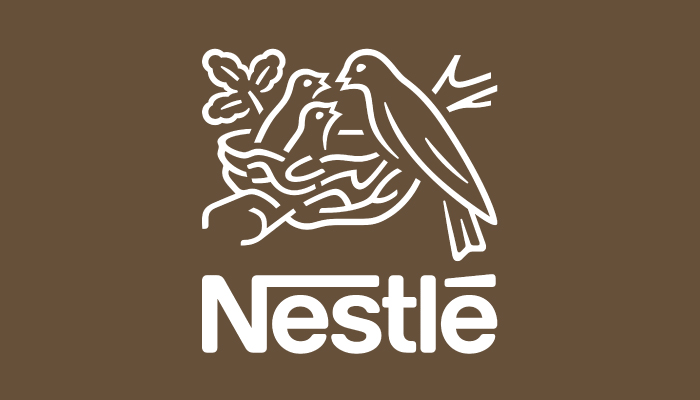
Nestlé Talks Inflation-Induced Price Hikes, Health Science Strategy in Half-Year Results
Nestlé reported 8.1% organic growth and 1.5% sales increase in its half-year results today. The company notched 7.6% organic growth in Zone Americas, led by continued innovation, ecommerce momentum and recovery of out-of-home channels.
Growth in North America was led by pet food and coffee along with frozen and chilled food across its Stouffer’s, Lean Cuisine and Freshly brands. However, home-baking sales took a hit after lapping a sales surge a year ago, the company said.
Nestlé Health Science posted 13.6% growth in the year’s first half, with sales bumps from brand acquisitions last year such as Vital Proteins, which doubled its sales in the first half of the year. Brands under Nestlé Health Science also saw sustained ecommerce momentum, with the channel now accounting for 21% of sales. New product launches and distribution expansion into new geographies also drove growth. CEO Mark Schneider said the company will continue to invest in its Nestlé Health Science business, following its recent acquisitions of Nuun and The Bountiful Company, focusing on increased scale and international expansion opportunities.
“Through fast-paced innovation, strong brand support, increased digitalization and stringent portfolio management we have built the foundation for delivering consistent mid single-digit organic growth for years to come,” Schneider said.
The company also discussed input cost inflation from increases in commodities such as coffee along with packaging and freight costs. While Schneider said the company could hedge costs for coffee inflation, packaging and transportation costs led to increased pricing of 1.3% in the first half of the year. The company anticipates predicted cost increases of 4% this year, CFO Francois-Xavier Roger said, and it plans to “step up pricing progressively” over 2021 and 2022 across different geographies and categories to address this.
“It’s not that the inflation per se is an automatic hit to our profitability, it’s just that when you’re at the turning point and it’s pointing up, then certainly it’s a headwind for a limited period of time,” he said.
While Schneider noted the company would need to increase pricing by 2% to offset these costs, he said it’s still in negotiations with retailers over price hikes and is also exploring additional avenues to offset inflation, such as operational efficiencies.

Mondelēz Reports Growth Across Snacking, Confection on Q2 Call
In its second quarter earnings call on Tuesday, Mondelēz reported 6.2% organic net revenue growth and 5% growth for the first half of the year, lapping the first half of 2020’s 3.7% growth.
As consumers leave their homes and return to on-the-go and impulse purchases, Mondelēz notched revenue growth across biscuits (2.8%), chocolate (12.7%) and gum & candy (28%) during the quarter. Other key growth drivers for the company include channel expansion, with ecommerce revenue up 14% this quarter, along with a push into “high growth segments” like premium offerings, increasing cookie brand Tate’s sales by double digits this year following integration into its U.S. DSD system.
Speaking on rising input costs, EVP and CFO Luca Zaramella said the company has seen inflation across commodities like sugar and edible oil, packaging, logistics and labor, which it expects to be “incrementally higher” in the second half of the year. The company plans to offset these costs through pricing and simplification, he said.
CEO Dirk Van de Put also offered an update on its SKU rationalization, after announcing in July 2020 its plans to cut 25% of its SKUs which accounted for 2% to 3% of its net revenue. The company is “gradually running out of inventory,” with the remaining products just now beginning to be sent to stores, he said. Despite the portfolio cuts, the company hopes to maintain the same amount of shelf space, replacing the discontinued items in retailers with faster moving SKUs. The reduction in SKUs has also provided more room for innovation, Van De Put said, with the company “trying to shift” resources “beyond the core” to focus on new segments and product types.

